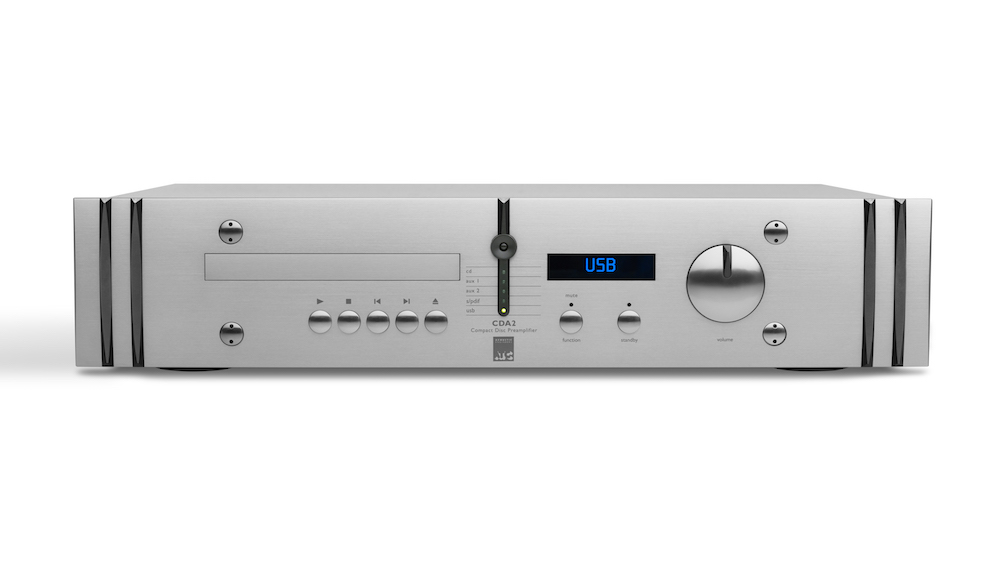What Hi-Fi? Verdict
The CDA2 Mk2 is well equipped, sound great and reduces your system’s box count and wire mess. What’s not to like?
Pros
- +
Fine sound through all inputs
- +
Informative, controlled and expressive presentation
- +
Capable headphone output
- +
Solid build
Cons
- -
Headphone and 3.5mm analogue input sockets are on the back
- -
Remote layout isn’t intuitive
Why you can trust What Hi-Fi?
It’s a long held belief in hi-fi circles that companies can either make good electronics or good speakers, but not both. There’s a fair bit of evidence to support that idea, even though a number of brands still attempt it. As with any such rule there are exceptions, and it looks like ATC is one.
Regular readers will be familiar with the ATC brand. Its almost legendary SCM 11 standmounters have dominated the £1000 price point for over a decade, and have picked up more What Hi-Fi? Awards than any other speaker in our 40-year history.
Then there’s the high-end £10k SCM 50s, our long-serving reference speakers, and our go-to box when we want to hear what a source or amplification component is really doing. So it is with some trepidation that we approach the CDA2 Mk2.
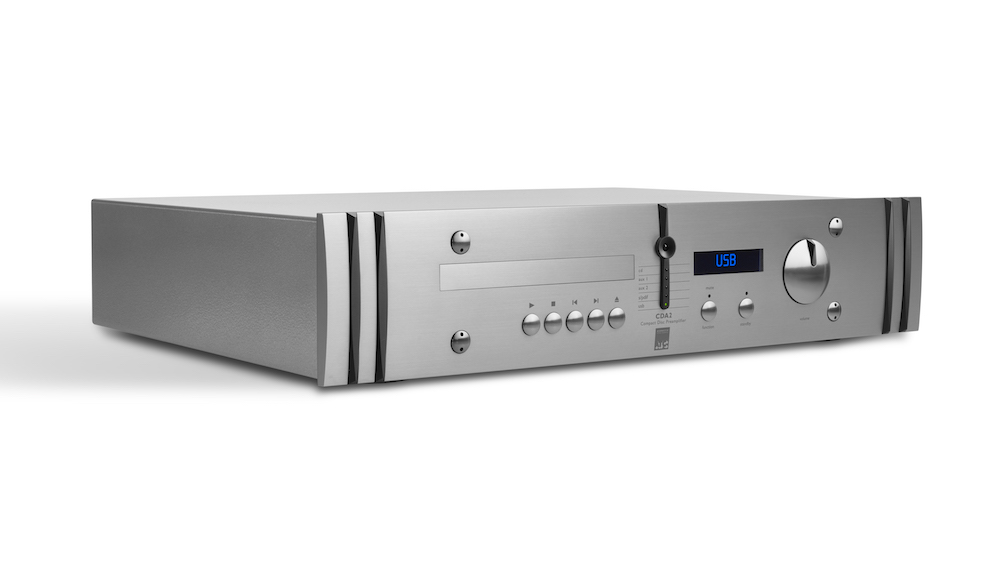
One-box solution
The CDA2 Mk2 packs a CD player, fully featured digital-to-analogue converter and a high quality analogue preamp, so how should it be judged?
It’s not a particularly common combination of abilities, and while the obvious path is to compare this ATC with separates components that add up to the similar overall price this doesn’t seem wholly fair.
Going the separates route triples the box count and adds the cost (and mess) of additional cabling, but potentially at least, delivers a better quality of sound. Or so we thought.
While ATC is best known for its speakers, the company has made electronics for years. The power modules in its active speakers and its range of stand-alone amplification have gained plenty of praise, but never quite held on to the limelight.
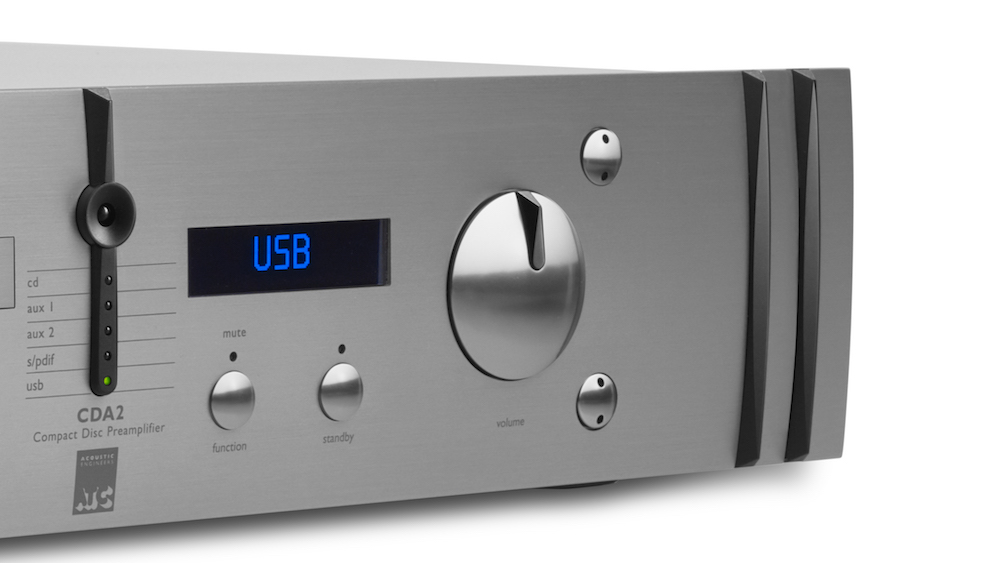
Build and features
A small company such as ATC tends to struggle when it comes to features, but that’s not the case with the CDA2’s digital-to-analogue section. This uses a premium 32-bit AKM DAC chip, chosen for its low noise and distortion.
Using this chip means that the ATC can cope with music files up to 32-bit/384kHz PCM and DSD256, though the latter drops to DSD128 if you’re using a Mac. Unlike Windows computers, Apples don’t need special driver software to interface with the DAC, however, that limits the output to DSD128.
To go any higher, ATC would need to develop a suitable driver which is not commercially viable for the brand. But such is the scarcity of worthwhile DSD music files at these higher rates, in real terms it’s not a huge loss.
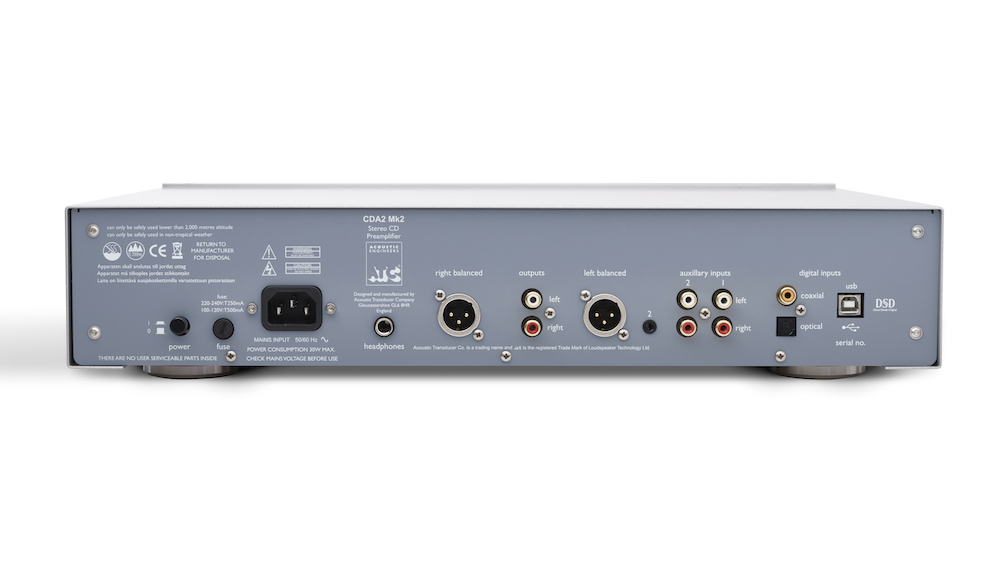
Connectivity
Connectivity is good with USB (Type B), coax and optical available alongside two pairs of stereo RCA analogue inputs and a 3.5mm jack. It’s a shame the designers saw fit to hide the 3.5mm input as well as the 6.3mm headphone output on the back panel. This makes them awkward to use.
Given ATC’s pro heritage it doesn’t come as a surprise to find the inclusion of balanced XLRs as an alternative to the usual RCA analogue outputs. Both of these connections work through the CDA2’s volume control. Just add a power amplifier or a pair of active speakers to get a sound.
The CDA2’s output stage is generously specified, delivering no less than 9.2V through the RCAs and double that out of the XLRs. This means it should have no trouble driving long cable runs and the most insensitive of power amplifiers.
We use our reference Gamut D200i power amplifier driving our pair of ATC SCM50s speakers throughout, moving to Neat’s Xplorers floorstanders on occasion to find out how the CDA2 ‘s balance works in different set-ups. We’re pleased to discover that it works just fine.
Sound

XLR out 1
RCA out 1
Headphone out 1
Coaxial digital in 1
Optical digital in 1
Display off Yes
Size (hwd) 9x45x33cm
We start with Stravinsky’s The Rite Of Spring on CD and the ATC sounds at home. Its TEAC-sourced transport mechanism is slick, quiet and responsive. With this recording the CDA2 delivers a large-scale sound underpinned by a strong sense of composure.
This is a player that never gets ruffled no matter how demanding the music gets. That sense of organisation isn’t bought at the expense of dynamics or excitement either. The ATC sounds thrilling when the music demands, but can also sooth when required.
Its tonal balance is as even as you like, with no part of the frequency range gaining undue emphasis, so the natural tone of instruments (and voices, as we find out when we listen to Nina Simone) come through undiminished.
As with the company’s speakers, the CDA2 is impressively transparent to the source material. It’s not one to fudge things with coarse or aggressive recordings, so any flaws are easily heard. Equally, it won’t go out of its way to make such recordings unlistenable, such is its refinement and lack of overt distortion.
We switch to our Macbook (loaded with Audirvana Plus music playing software) and try out the USB input. The CDA2 continues to impress with good detail levels, expressive dynamics and a firm, surefooted grip on rhythms.
We listen to a range of music from Olafur Arnald’s Found Songs and Kate Bush’s Hounds Of Love right through to Kendrick Lamar’s To Pimp A Butterfly and the ATC continues to please. It can charge full-throttle with a track like Lamar’s King Kunta delivering a full dose of punch and drive yet change down a gear and render Bush’s Under The Ivy with all the sensitivity it deserves.
The story remains positive through both the optical and coax digital inputs, with the CDA2 proving a consistent and well-engineered performer.
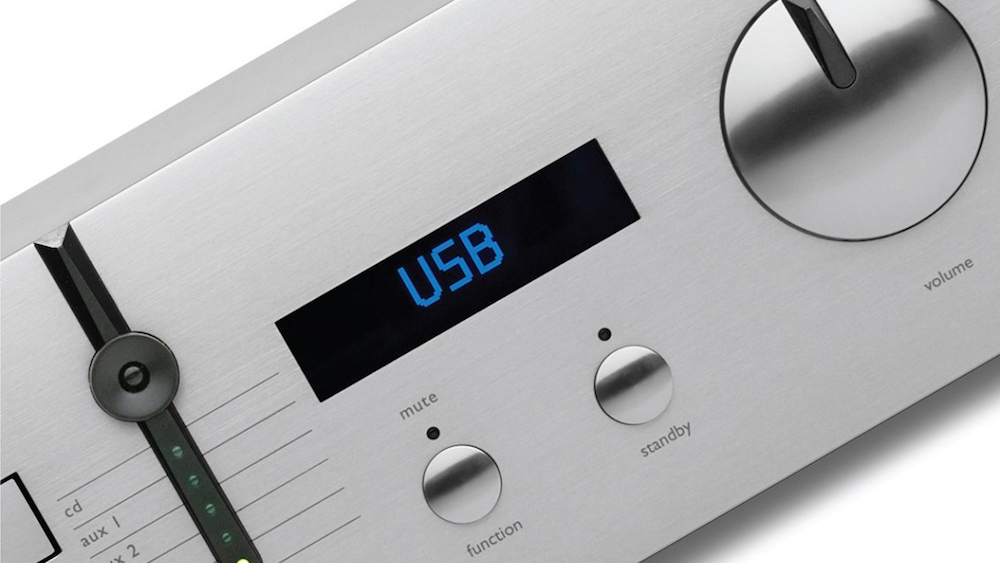
We wish the front panel display were better though – it’s too small to show much information.
The remote handset isn’t quite right either. It’s designed to control a complete system and invariably such ambitions mean that some of the buttons are redundant when using just the CDA2. The button placement is less than intuitive too.
We’re pleased to report that the sound through the line-level inputs is excellent, showing a degree of insight, natural warm and finesse that is unusual in such a digital-centric product. The controlled and detailed presentation we hear from CD and the digital inputs is present here.
The headphone output – compatible with headphones in the 30-600ohm range (almost all of them) – is equally admirable, echoing the impression given by the fine line level outputs. If only the headphone socket were on the front. We hope ATC sorts this out for the next version.
We’ve no complaints about the overall build. While lacking the slickness of premium products from the industry majors – ATC is tiny in comparison to the likes of Marantz – there’s little to complain about when it comes to solidity or finish. The CDA2 Mk2 feels like it’s engineered to last for years.
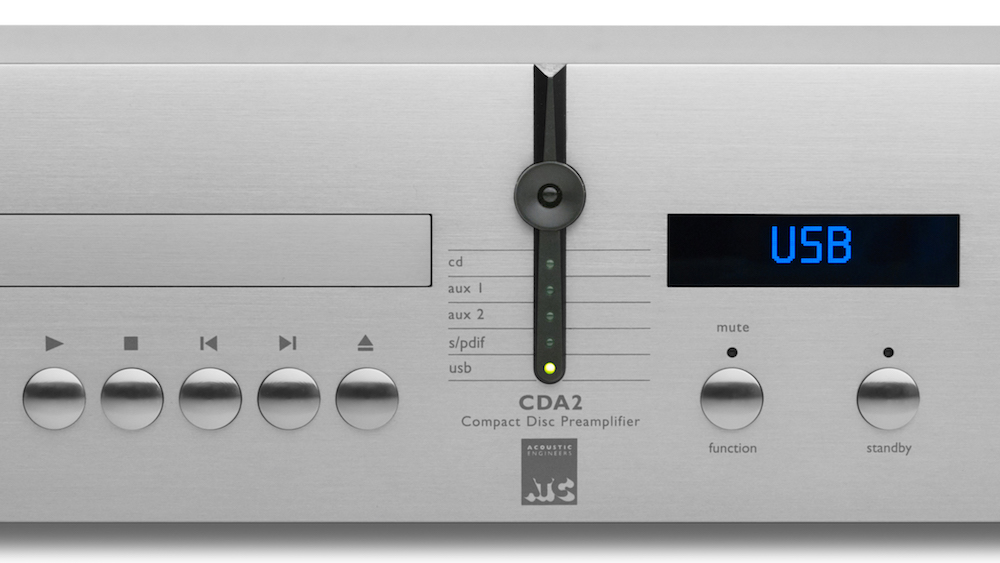
Verdict
How does the CDA2 compare to the best separates combinations available for similar money? The answer is very well for the most part. By the highest standards, it could do with a touch more rhythmic drive and dynamic expression, but the shortfalls are small.
On the plus side, it’s a single box, packed with features without the mess of interconnects. For many people that will be enough to tip their preference. Truth be told, we’d be tempted too.
- Sound 5
- Features 5
- Build 5
- Also consider Chord Hugo 2, Cyrus CDi
What Hi-Fi?, founded in 1976, is the world's leading independent guide to buying and owning hi-fi and home entertainment products. Our comprehensive tests help you buy the very best for your money, with our advice sections giving you step-by-step information on how to get even more from your music and movies. Everything is tested by our dedicated team of in-house reviewers in our custom-built test rooms in London, Reading and Bath. Our coveted five-star rating and Awards are recognised all over the world as the ultimate seal of approval, so you can buy with absolute confidence.
